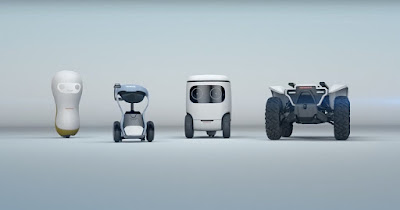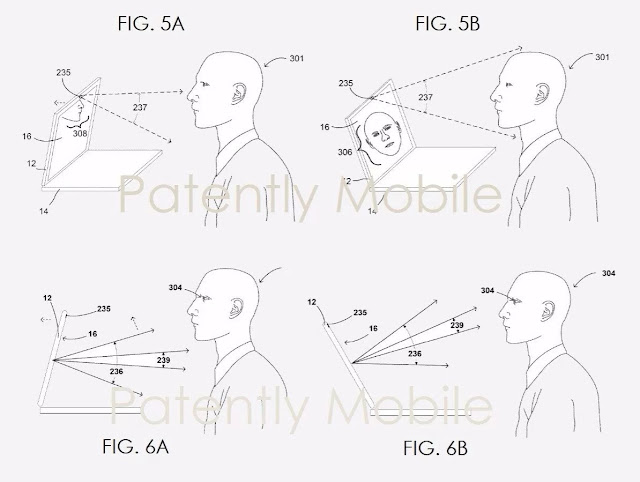The smartphones cameras were at least usable, the way we take photographs has been changed - we are currently taking snap anything, anywhere, at any time, and share it social media with many followers in seconds. Photography is currently more than convenient than ever.
So what is the use of a right camera, is a full DSLR or something less advanced? Actually, there are more reasons for taking one along than you might think, particularly when you are going on your trips, and require quality photos that do your memories justice.
1. You do not want to run out the battery life
The best time to try to get your smartphone battery all day is a challenge, and if you are out shooting wildlife on the Serengeti or just taking some party shots at your buddies wedding, you do not want to find yourself thwarted with a dying battery.
This is even very important if you are going to be away from civilization for some of the days - the battery life of a dedicated camera will vary depending on the model, but it'll really last you for several days, and you have also got the option of taking a spare battery with you.
2. A phone call could interrupt your shot
Of course, the advantages of having multiple devices connected into one all-powerful smartphone, - your pockets and your luggage will weigh less, for a start - but if you are serious about your photo, you do not want to interrupt a shooting seriously.
It could be a phone call when you are trying to frame a delicate shot of a butterfly, it could be a WhatsApp message just as you have the perfect family photo in a frame, and so on. Keep your phone switched off in your pocket and you have fewer distractions to deal with.
3. you'll get closer to your objects
There's no doubt smartphone cameras are getting better and better all the time, but there is one area where dedicated devices still have a definite edge: the zoom. the best you get on phones is 2x optical zoom, available on some models including the latest iPhones.
Even the cheapest digital cameras offer 5x optical zoom, and lenses for the high-end DSLRs go way, way beyond that - zoom level can make a huge difference whether you are down at your kid's sports day or you are trying to shoot the finer details of the Sagrada Família.
4. you can take more control over your shots
It does not just zoom where digital cameras have the edge either because you get far more control over settings like aperture size, shutter speed, white balance and all those other variables that are so important to getting the right shot in any kind of lighting.
Admittedly most people are happy to have the simplicity and the convenience of a smartphone camera - where you can just point and shoot - but if you are prepared to put in the time and effort to learn the photography ropes then you will get much better end results.
5. make sure you capture all the light
This is an area where smartphones have definitely been improving in recent years (see handsets just like the Samsung Galaxy S8), but buy yourself a good, dedicated digital camera and you are going to end up getting much better shots in most low lighting conditions.
It's all to do with the size of the sensor on board, and thus how much light can be captured: camera sensors are up to 50 times larger than phone sensors because phone makers are keen to keep their handsets as compact and as slim as possible.
6. make sure you capture all the action
Fast-moving action is another scenario where a dedicated camera can typically beat a smartphone, thanks to an ultrafast shutter speed - in fact, phones do not actually have a mechanical shutter at all, and instead, the camera app controls the exposure time.
From capturing a goal during a football game to shooting your buddy taking part in some white-water rafting, there are lots of times when photos need to be captured in an instant and to be sure you can fully banish the blurring, you need a proper camera to hand.
7. you do not want to run out of storage space
How often have you been stopped from taking a photo because you have run out of room on your phone? even if the answer is never (lucky you), it's always a possibility, especially with the arrival of 4K recording that can quickly eat up the available storage.
On the other hand, dedicated digital cameras make use of memory cards up to a whopping 256GB and even beyond. you do not have any other apps or Netflix downloads fighting for a room either, and you can keep several memory cards in reserve, should you need them.
8. digital cameras are more connected than you think
Smartphone cameras do have their advantages - you always have them with you, and you can quickly share photos to social media, and pictures can be quickly backed up online, for example - but digital cameras are constantly improving and adding features as well.
Many digital cameras currently have built-in Wi-Fi functionality, for example, so it is a breeze to get your photos up to a cloud backup service, or across to your PC, or to link them with your smartphone so your social media accounts are only a tap away.
source:t3.com







